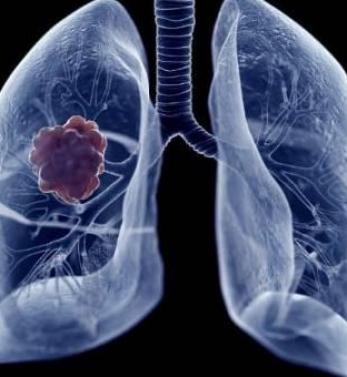

Lung cancer occurs as a result of uncontrolled proliferation of tissues and cells in the lungs, the most important task of which is to take oxygen into the body and to ensure the removal of carbon dioxide formed during vital activities from the body. These uncontrolled proliferating masses grow in their environment and can spread and damage the surrounding tissues. Lung cancer is divided into small cell (oat cell) lung cancer and non-small cell lung cancer.
Non-small cell lung cancer: There are many types of non-small cell lung cancer. The type of cancer cells of each type is different. Each cancer cell grows differently and spreads in different ways. The types of non-small cell lung cancer are determined by the type of cells in the cancer tissue and the appearance of the cells when examined under a microscope. Small cell lung cancers comprise roughly 15% of all lung cancers. It is usually seen in patients who smoke. Compared to other types of lung cancer, its spread to the body through the lymphatic system and blood is faster.
Squamous cell carcinoma: It arises from squamous cells that appear thin and flattened like herringbone. Also called epidermoid carcinoma.
Adenocarcinoma: It originates from cells with glandular (secretory) characteristics.
Large cell carcinoma: Cancer that shows large and abnormal cells when viewed under the microscope.
Adenosquamous carcinoma: Cancer that starts from cells that appear flattened under the microscope and also shows glandular features.
Pleomorphic, sarcomatoid, or sarcomatous carcinoma: A group of cancers that present with different types of cancer cells under the microscope.
Carcinoid tumor: It is a slow growing, neuroendocrine (starting from cells that secrete hormones as a result of nervous stimulation) cancer.